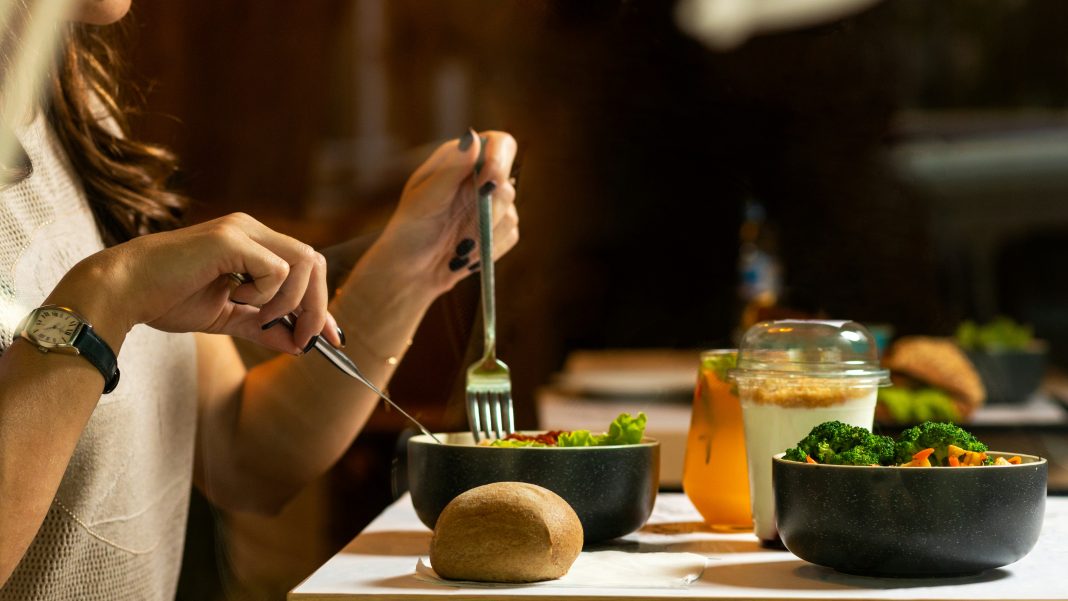In 2025, your nutrition plan might not come from a book or a dietitian—it could be generated by an app, based on your DNA, gut biome, wearable data, and even your emotional patterns. Sounds impressive, right?
It is.
But here’s the truth: more personalization doesn’t always mean better nutrition. And if you’re feeling confused, overwhelmed, or just tired of being told by your smartwatch what to eat next, you’re not alone.
This year is being called the “Nutrition Reset” for a reason. It’s not just about jumping on the next trend—it’s about reevaluating what healthy eating actually means in a hyper-digital, ultra-optimized world.
Let’s break it down.
What’s Changing in 2025?
The rise of AI-driven health tools has brought in a wave of ultra-customized nutrition advice. From blood-glucose monitors syncing with recipe apps to chatbots designing keto-vegan hybrid meal plans, the tech is advanced, but it comes with caveats.
What’s changed:
- DNA-based diets are now mainstream, but still limited by the accuracy of available genetic data.
- Gut microbiome tests are more accessible, yet most people don’t fully understand how to apply the results.
- Wearables now track your hydration, stress, sleep stages, and calories burned down to the minute.
So while you have more data than ever, most people still have the same question: “Okay, but what do I actually eat today?”
What to Eat in the Age of Personalization
Here’s the good news: real nutrition hasn’t changed much. Our bodies still thrive on whole foods, consistency, and balance.
In 2025, these are your nutritional non-negotiables, whether AI says it or not:
1. Fiber is Your Best Friend
Even with gut tests and microbiome reports, the answer usually comes back to this: eat more fiber.
From leafy greens and lentils to oats and seeds, fiber feeds your gut, regulates your metabolism, and helps with long-term weight control.
✅ Aim for: 25–35g of fiber daily
🍽 Easy wins: Add chia seeds to smoothies, switch to whole grains, snack on raw carrots or roasted chickpeas.
2. Color = Nutrient Diversity
AI can pinpoint deficiencies, but often, the solution is simple: eat more color.
Every pigment in fruits and vegetables has a purpose—anti-inflammatory, antioxidant, or immune-boosting.
✅ Try: A “5-color rule” for your meals
🍽 Example: Red bell peppers, purple cabbage, spinach, orange sweet potatoes, and blueberries—spread across the day.
3. Protein Timing Matters
Instead of obsessing over grams per day, focus on spreading protein intake evenly across meals.
✅ Why? It improves satiety, supports muscle maintenance, and helps blood sugar stability, especially in people over 35.
🍽 Tip: Don’t save all your protein for dinner. Include eggs or Greek yogurt at breakfast, legumes or lean meat at lunch, and fish or tofu at dinner.
4. Healthy Fats Are Back (But Watch the Sources)
Omega-3s, monounsaturated fats, and plant oils support brain health, mood, and hormone balance. AI often flags inflammation markers—good fats help reduce them.
✅ Good sources: Olive oil, flaxseeds, walnuts, avocado, and fatty fish
❌ Skip: Seed oils in fried snacks and ultra-processed “plant-based” junk
What to Avoid (Even if an App Says It’s Okay)
AI nutrition can be skewed by trends, paid algorithms, or incomplete inputs. Here’s what to approach with caution:
1. Over-Reliance on “Smart Snacks”
Just because it’s labeled keto, vegan, or “AI-optimized” doesn’t mean it’s healthy. Many tech-based food brands add synthetic fibers, sugar alcohols, or untested ingredients.
❌ Rule of thumb: If it has more than 15 ingredients you can’t pronounce, skip it.
2. Extreme Biohacking Diets
AI can push people toward extremes—like extended fasting, carnivore, or raw-only diets—based on short-term metrics.
🥵 Problem: These often ignore emotional, hormonal, or lifestyle needs.
👎 Remember: A sustainable diet should support your life, not revolve around it.
3. Ignoring the Human Element
AI can’t fully understand cultural context, family dinners, emotional eating triggers, or what makes food enjoyable. That’s where you come in.
Don’t eat just to “optimize.” Eat to feel energized, connected, and satisfied.
How to Use AI for Nutrition—Without Losing Your Mind
AI is a tool, not a rulebook. Here’s how to make it work for you, not the other way around:
1. Use AI to Track Patterns, Not Micro-Manage Meals
Let it help you identify trends—like which foods trigger energy crashes or poor sleep—but don’t over-analyze every bite.
Let It Inspire Recipes, Not Control Them
Apps like NutrifyAI or FoodPair are great for creative meal ideas. Just tweak them to your preferences and pantry.
Combine Tech With Intuition
If your app says you’re “under your calorie goal” but you’re exhausted and moody, listen to your body first.
The Future of Food: It’s Still About the Basics
Even in 2025, with quantum nutrition forecasts and AI-generated meal kits, your best bet remains surprisingly old-school:
🥗 Eat more whole, fresh foods
🧘 Tune into your energy and mood
🍽 Enjoy meals without screens sometimes
📉 And don’t let perfect ruin “pretty good.”
It’s a Reset, Not a Revolution
2025 isn’t about throwing everything out. It’s about stepping back, filtering the noise, and deciding what really serves your health, not just what an app tells you.
If you’re using tech, use it smartly. But let your habits, values, and real-life needs lead the way.
The nutrition reset starts with one question: “Does this food fuel me, or just follow a trend?”
Your body still knows the answer.



